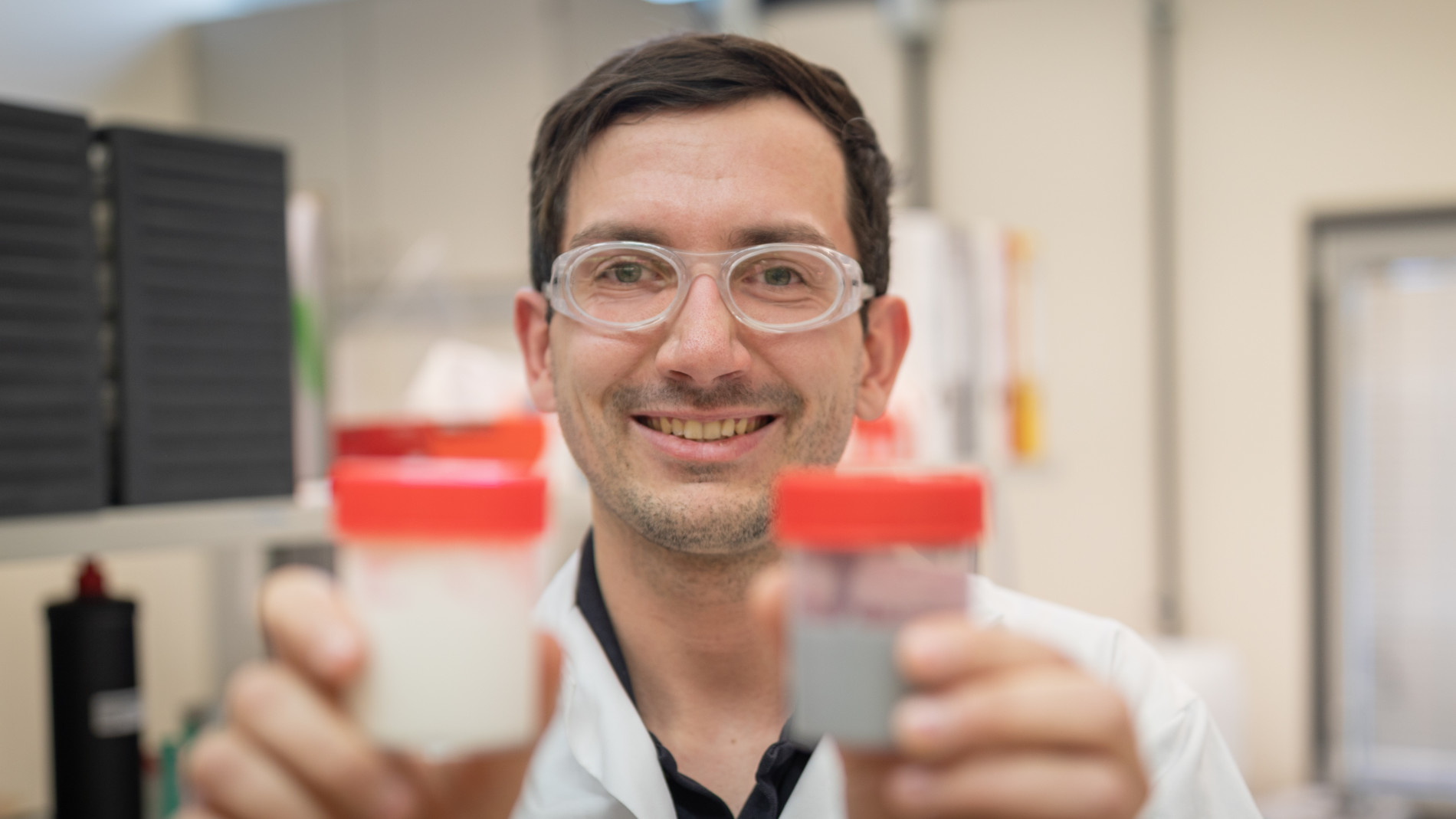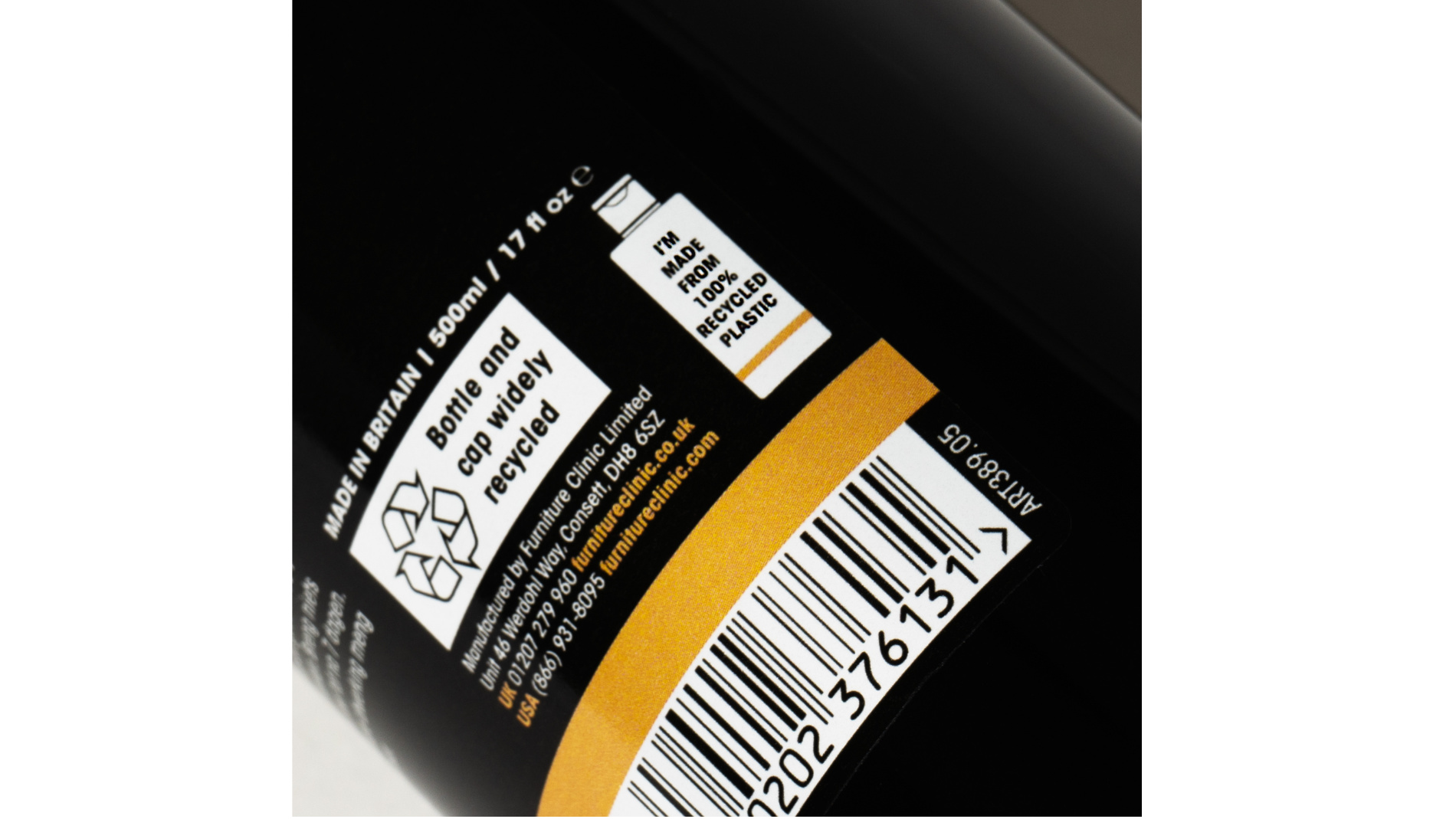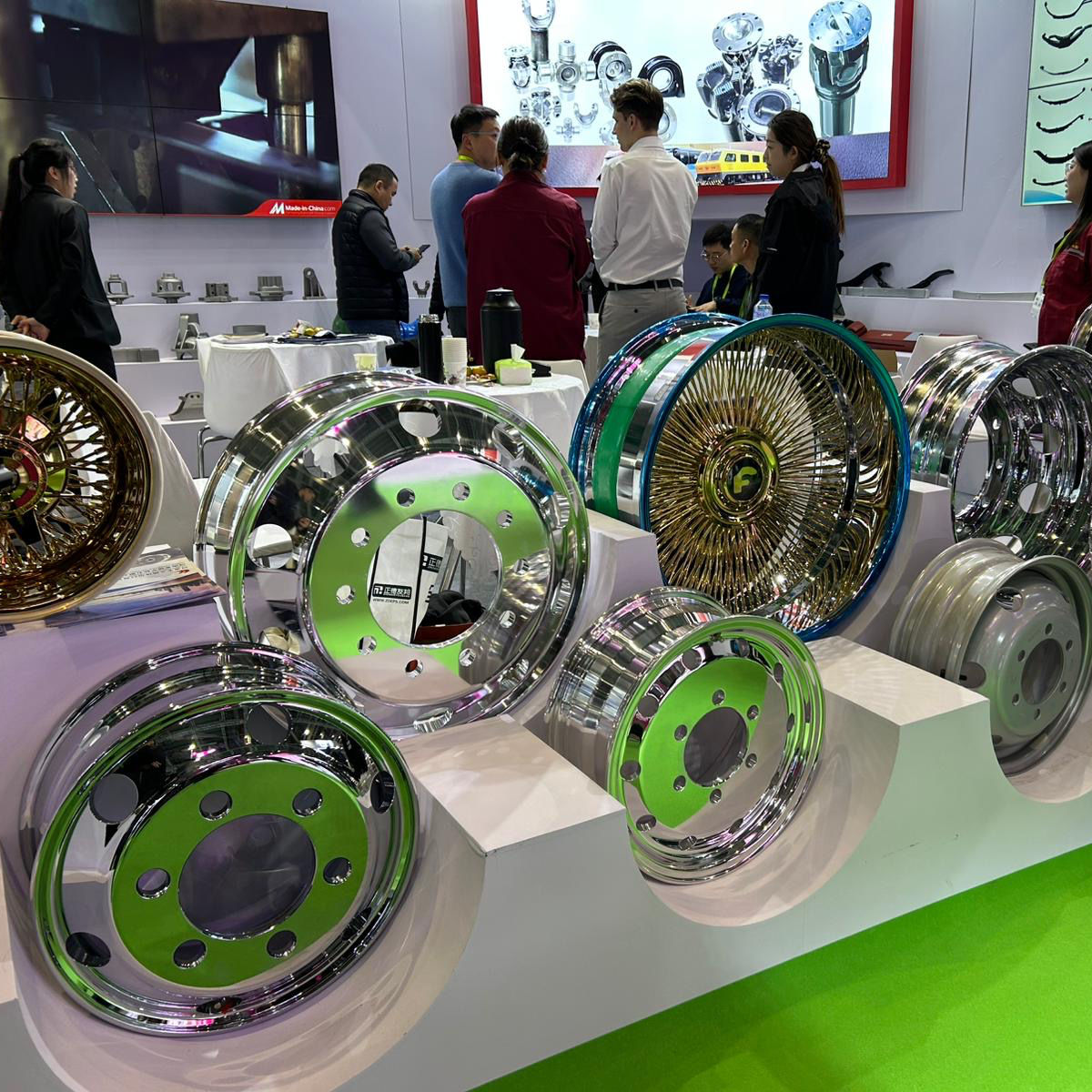Reading time: 2 minutes

However, when it comes to detailing products, there has been remarkably little change – the environmental impact of a given product comes so far down on the priority list for both producer and consumer that it’s simply not factored into most purchase decisions. In a world where our food has to be organic, our clothes fairtrade, and our cars parsimonious with petrol, it is almost surprising that there’s little mention of sustainability or carbon footprints on car cleaning product collateral.
One could argue that almost every aspect of cleaning a car is environmentally damaging – it uses water, chemicals, electricity, it concentrates dirt and contamination on the ground, and it leads to plastic waste… all because someone wants a shiny car. The environmental cost benefit ratio of detailing a car is hard to justify – people may highlight the safety benefits of clear lights and windows, and the determined may highlight the improvement in drag coefficients for minute fuel savings, but however you spin it, cleaning cars is not rebuilding rainforests or capturing our carbon. Maybe it is this fatalism that stops many from even trying to clean up their washing processes and products.

We are talking specifically about car detailing in the purer sense of the term here – the manual cleaning, polishing, and protecting of a vehicle for the improvement of its appearance and preservation of its value. The automated washing industry has in many ways out-shone its sexier sector sibling, dramatically reducing the amount of water and electricity used, while also embracing biodegradable chemicals and responsible effluent treatment solutions. Government legislation is mostly to thank for this – ever tightening laws concerning public car wash facilities have catalysed chemical and technological developments to reduce the environmental footprint of these sites. They also have to appeal to a wider range of customers – an enthusiast may spend a weekend detailing their car, but pretty much any car owner might get their car washed at a service station – and as a general rule, there’s greater environmental awareness among car owners than car enthusiasts.

Another contributing factor is the widely held perception that a ‘green’ version of any given product is going to be less effective than a normal alternative. This is factually incorrect – we have discussed the topic with many a formulating chemist who all concur that you can make ‘green’ products that are just as effective as their conventional counterparts – but nonetheless, convincing the consumers has proved difficult. A comparison could be drawn with automotive paint – ask any car enthusiast of a certain age and they will complain that water-based paints on modern cars are terrible and soft, harking back to the glory years of isocyanate-loaded solvent paints that were utterly perfect in every way. They chose not to remember all the fading issues, or the human impact of the highly toxic chemicals – it’s the automotive equivalent of insisting on 35mm film instead of digital, of watching black and white television over high definition, or the four-star fans bemoaning unleaded and furious at the introduction of E10 fuel.
It's not all doom and gloom though – with the traditionalists slowly decreasing in number thanks to old age and their continued rejection of seat belts, space has been made for a younger generation of detailer, and many of them have a more enlightened approach to environmentalism. Thanks in part to this new blood, manufacturers are starting to make progress – biodegradable chemicals, a reduction in the use of highly toxic compounds, and even embracing refillable and recyclable packaging – it’s all happening, be it somewhat glacial in pace.








